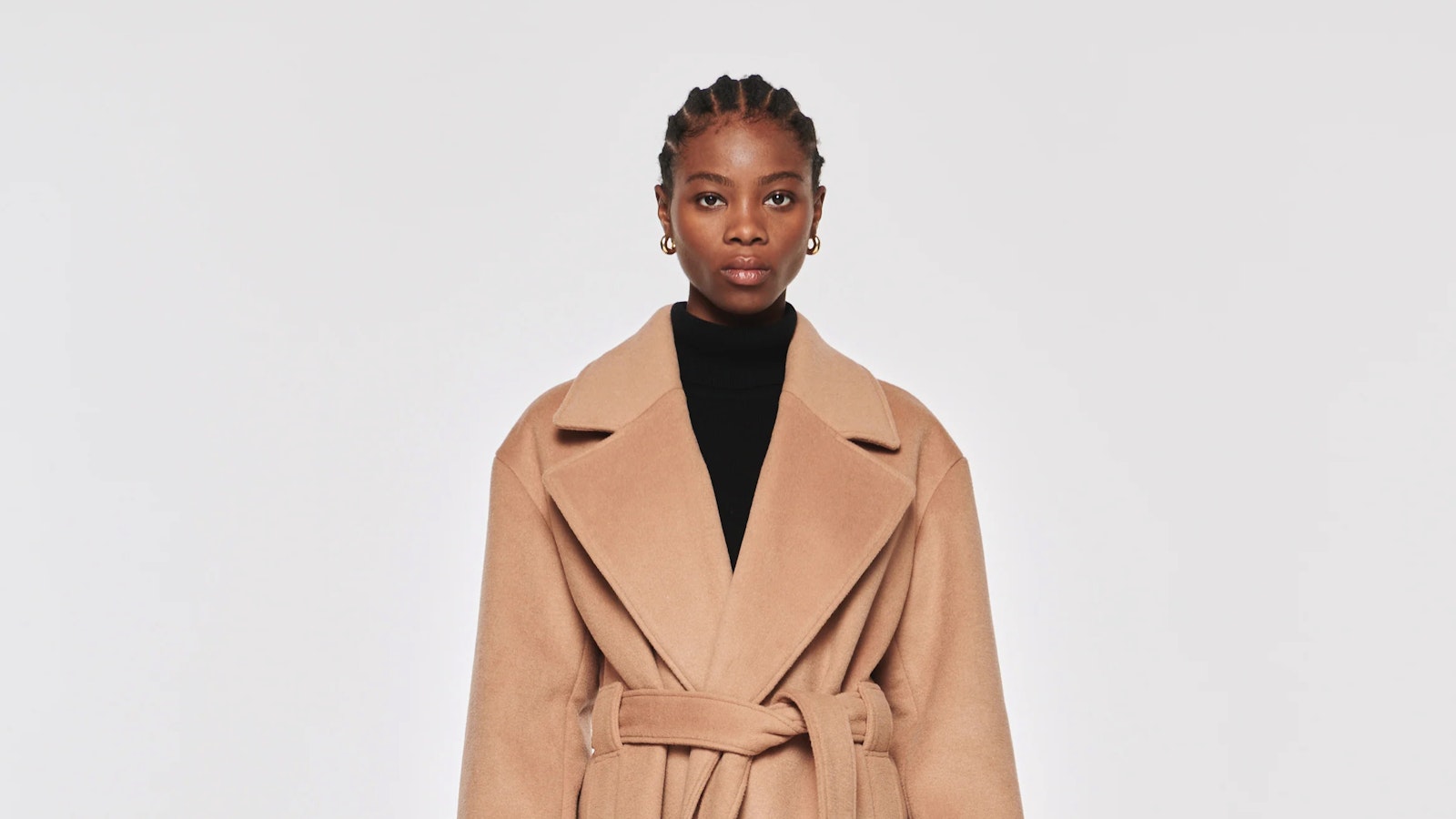Since most of us are not in a position to affect the massive change needed to halt the production of throwaway fast fashion, it falls to us to consider the smaller actions we can take which, collectively, might become seismic actions, and chief amongst these is buying second-hand clothes. Opting for pre-loved, vintage finds has a hugely positive impact on the environment, saving energy and water, and keeping clothes from ending up in landfill for as long as possible.
With an embarrassment of riches when it comes to online platforms on which to find second-hand treasures, the pursuit of fashion with a conscience has never been within easier reach. Plus, there is nothing like a vintage find to make you stand-out from the crowd. These are the resources we think are doing a brilliant job. Next time you’re thinking of a wardrobe update, do check one of these brilliant circular fashion platforms before heading straight to the high street.
Vinted
Oh how we adore Vinted! Unlike eBay, there is none of the stress of being outbid in the final moments. Items cost what the seller has listed them at – typically a fraction of their original price – but buyers are at liberty to make offers. It is a godsend for buying children’s clothes which, famously, they grow out of at a mind-bogglingly pace, and it works particularly well when you already know a brand and its sizing and fit. The only danger? The more you buy, the more the app suggest items you might like, all at the mere click of a button. It works both ways of course; if you want to declutter your wardrobe, it’s a brilliant and easy place to sell, as it has been doing since 2012. Explore more.
Depop
Another circular fashion platform app, Depop is brilliant whether you want to sell or buy. It works very similarly to Vinted, although it is slightly skewed towards a younger market, and, it’s worth noting, there is a 10 per cent charge for sellers on this platform (versus Vinted, which is free). However, it has a wide range of really high-quality offerings from a broad spectrum of brands, from the high street to the high end. Explore more.
Reluxe
One for the more rarefied end of the market, this platform is the brainchild of Clare Richardson, uber stylist for the likes of Hermes, Balenciaga and Calvin Klein, who launched it in 2022. A newcomer to the circular fashion scene, the offering is distinct thanks to the fact that she sells pieces chiefly from the extremely fashionable women within her circle – and, as a contributing fashion editor at WSJ, and both British and Italian Vogue, her circles are very wide and achingly stylish indeed. You can shop ‘£200 and under’ edits, which gives a steer as to the prices ranges here. But if you’re looking for something really special, this is the place: think Chanel, Prada, Fendi, YSL, Dior and, frankly, a who’s who of Sloane Street. Explore more.
Toast Circle

This one is an IRL, in-person affair, but if you love Toast, it is well worth going along to these sporadic swap events when they are advertised, which tends to be every three to four months. Simply, when your local store is hosting an exchange, bring along any Toast item that you no longer wear, receive a ticket that indicates its category (unworn pieces command the highest swap value) and trade it for another pre-loved item in that category or below. Toast asks each previous owner to write a blurb about what they liked about the piece or where they wore it for the sake of provenance. Don’t find anything this time? Just pocket your ticket and come to the next event instead. We love how committed Toast is to preserving its clothes and ensuring their longevity, with free mending services and creatively repaired pieces on offer too. Explore more.
Hardly Ever Worn It (HEWI)
CEO Tatiana Wolter-Ferguson, her mum Sharon and sister Natalya had a eureka moment when they began to consider just how many excellent quality, high-end clothes they had lurking, unworn, in their wardrobes. That was back in 2012, and it has since become a firm favourite amongst A-listers and the fashion cognoscenti alike. And its fans extend beyond individuals to august institutions too: HEWI has collaborated with the likes of Sotheby’s to create their first ever luxury handbag and accessories auction, and British Vogue to host an online charity auction of items from the wardrobes of 23 supermodels, including Kate Moss. It’s not one for picking up inexpensive second-hand high street buys. But if you’re in the market for something exceptional, you’ll find it here. We like the way that the prices listed are set against the original RRP for context. Explore more.
eBay
Most of us have bought, if not sold, via eBay since it launched in 1999. Sure, you have the nerve-wracking final moments of a sale, wondering whether you will be pipped to the post at the last minute. But equally millions of bargains have been bagged over the last almost quarter century since it began inducting us into the ways of selling our pre-loved goods online, thus making a profit and extending the life of no-longer wanted items. The original and still one of the best. Explore more.
Vestiaire Collective
For a Europe-wide take on the luxe resale market, Vestiaire Collective is hard to beat. You can shop by designer brand, via what’s new in, or by checking out its edits, which are grouped into the likes of ‘Vintage’ and ‘Emily In Paris.’ It’s a big old site. It helps to have some idea what you’re looking for, rather than idle browsing. But whatever luxe item you’re after, you’re likely to find it here. Explore more.
By Nancy Alsop
October 2023





